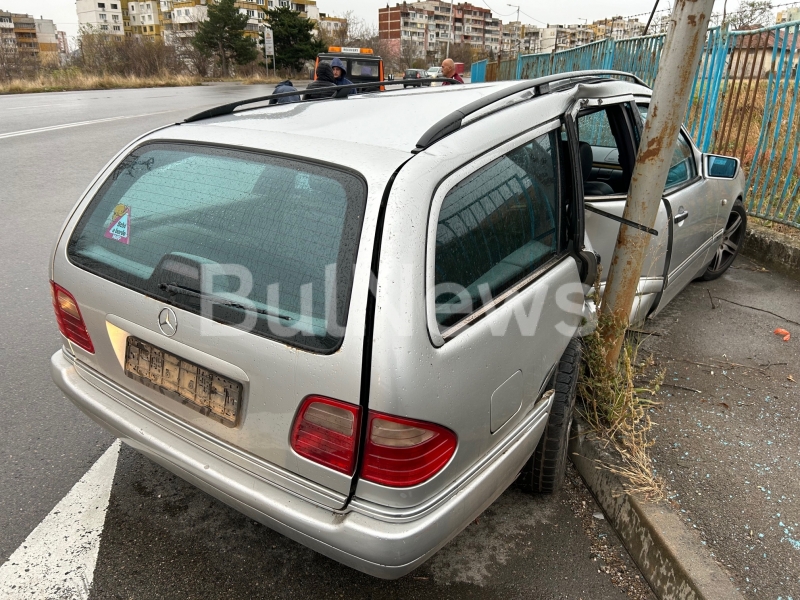Understanding Flash Flood Alerts: A Comprehensive Guide

Table of Contents
What are Flash Floods and Flash Flood Alerts?
Flash floods are a terrifyingly rapid form of flooding, characterized by a sudden and intense rise in water levels in a very short period. Unlike regular floods, which may develop over days or weeks, flash floods can occur within minutes or hours of heavy rainfall, often with little to no warning. They’re triggered by intense rainfall, often associated with thunderstorms, overflowing rivers and streams, or dam failures, leading to sudden flooding and rapid flooding in low-lying areas.
Flash flood alerts are crucial warnings disseminated to the public to provide advance notice of impending or occurring flash floods. These alerts, issued by various sources such as the National Weather Service (NWS), local news outlets, and weather apps, are essential for allowing individuals and communities to take necessary safety precautions. These alerts typically come in two forms:
- Flood Watch: This indicates conditions are favorable for flash flooding. Stay informed and be prepared to take action if flooding begins.
- Flood Warning: This signifies that flash flooding is occurring or is imminent. Immediate action is required to protect life and property.
Other methods of alert dissemination include:
- National Oceanic and Atmospheric Administration (NOAA) Weather Radio: A dedicated radio system providing continuous weather information and alerts.
- Wireless Emergency Alerts (WEA): Emergency alerts sent directly to compatible mobile devices.
- Local News and Television: Broadcast warnings and updates on the situation.
- Outdoor Warning Sirens: Audible alerts indicating immediate danger.
The NWS utilizes advanced technology, such as Doppler radar and rainfall gauges, to monitor weather patterns and issue timely and accurate severe weather alerts, including flash flood warnings.
Understanding Flash Flood Risk Factors
Understanding the risk factors for flash floods is critical for effective preparedness. Certain geographical locations and weather conditions significantly increase the likelihood of these events.
Geographic Location: Many areas are inherently more vulnerable to flash floods.
- High-risk areas often include mountainous regions, canyons, and arid areas. In mountainous regions, steep slopes can accelerate water runoff. In arid areas, the ground may be less absorbent, leading to rapid runoff.
- Flood-prone regions near rivers, streams, or low-lying areas are particularly at risk. These are locations where water naturally collects and can quickly overflow its banks.
- Vulnerable communities located near poorly maintained drainage systems or with inadequate infrastructure face heightened risk.
Weather Conditions: Flash floods are primarily caused by extreme weather events.
- Heavy rainfall of short duration is a primary trigger. Intense downpours overwhelm drainage systems and lead to swift rises in water levels.
- Thunderstorms often produce localized, intense bursts of rain that can quickly cause flash flooding in confined areas.
- Rapid runoff occurs when the ground is already saturated, and additional rainfall has nowhere to go.
- Dam failures can release large volumes of water, causing catastrophic flash flooding downstream.
Human Factors: Human activities can exacerbate natural risk factors.
- Deforestation removes natural barriers that would otherwise slow down water runoff.
- Urbanization increases impervious surfaces (like roads and buildings) which prevent water absorption into the ground.
- Inadequate drainage systems in urban areas are often overwhelmed by heavy rainfall.
How to Respond to a Flash Flood Alert
Responding swiftly and decisively to a flash flood alert is crucial for safety.
Immediate Actions: When a flood warning is issued, immediate action is essential.
- Move to higher ground: This is the most important step. Get away from low-lying areas, riverbanks, and flood-prone zones.
- Avoid flooded areas: Never attempt to drive or walk through flooded areas. The depth of the water can be deceiving, and currents can be extremely powerful.
- Secure your property: Bring loose outdoor items inside or secure them to prevent them from being carried away by the floodwaters.
- Follow evacuation orders: If instructed to evacuate, do so immediately.
Long-Term Preparedness: Preparedness is key to mitigating the impact of a flash flood.
- Develop a family emergency plan: Establish a meeting point and communication plan in case family members are separated.
- Create a flash flood emergency kit: Pack essential items such as water, non-perishable food, first-aid supplies, medications, flashlights, and a battery-powered radio. This is an essential part of flood preparedness. Consult online resources for a detailed emergency kit checklist.
- Identify evacuation routes: Know multiple routes to higher ground and have alternative escape paths planned.
- Consider flood insurance: Protect your property from potential financial losses due to flooding.
Post-Flood Actions: After the floodwaters recede, there are still crucial steps to take.
- Check for damage: Assess your property for damage and document it with photographs.
- Report damage to authorities: Contact local emergency management agencies to report damage and seek assistance.
- Seek assistance if needed: Many resources are available to assist with post-flood recovery, including the Federal Emergency Management Agency (FEMA).
Resources and Further Information
Stay informed about flash floods and prepare for potential emergencies using these valuable resources:
- National Weather Service (NWS): – Provides real-time weather information, forecasts, and alerts.
- Your Local Emergency Management Agency: Check your local government website for contact information and preparedness resources.
- Weather Apps: Many weather apps offer real-time alerts and severe weather notifications.
Conclusion
Understanding flash flood alerts is critical for your safety and well-being. This article has outlined the characteristics of flash floods, the risk factors involved, and how to respond effectively to warnings. By understanding the different levels of alerts (watches and warnings), identifying high-risk areas, and taking proactive steps to prepare, you significantly reduce your vulnerability. Remember to regularly check for flash flood alerts, develop a personal flash flood preparedness plan, and share this vital information with your family, friends, and community. Being prepared for a flash flood is not just about protecting your property—it’s about saving lives.

Featured Posts
-
 Report Naomi Campbell Banned From Met Gala Over Anna Wintour Dispute
May 26, 2025
Report Naomi Campbell Banned From Met Gala Over Anna Wintour Dispute
May 26, 2025 -
 I Naomi Kampel Sta 54 Apolamvanei Eksotikes Diakopes Stis Maldives Me Ta Paidia Tis
May 26, 2025
I Naomi Kampel Sta 54 Apolamvanei Eksotikes Diakopes Stis Maldives Me Ta Paidia Tis
May 26, 2025 -
 Vozachi Na Mertsedes Kazneti Pred Gran Pri Na Bakhrein
May 26, 2025
Vozachi Na Mertsedes Kazneti Pred Gran Pri Na Bakhrein
May 26, 2025 -
 Alcaraz And Sabalenka Triumph In Rome Strong Italian Open Start
May 26, 2025
Alcaraz And Sabalenka Triumph In Rome Strong Italian Open Start
May 26, 2025 -
 Ramalan Klasemen Moto Gp 2025 Kejayaan Berlanjut Bagi Marc Marquez
May 26, 2025
Ramalan Klasemen Moto Gp 2025 Kejayaan Berlanjut Bagi Marc Marquez
May 26, 2025
Latest Posts
-
 Ipswich Town Player Performances Mc Kennas Rise Tuanzebes Progress Phillips And Cajustes Struggles
May 28, 2025
Ipswich Town Player Performances Mc Kennas Rise Tuanzebes Progress Phillips And Cajustes Struggles
May 28, 2025 -
 Ipswich Towns Week In Review Mc Kenna Shines Phillips And Cajuste Face Challenges
May 28, 2025
Ipswich Towns Week In Review Mc Kenna Shines Phillips And Cajuste Face Challenges
May 28, 2025 -
 Is A Leeds Return On The Cards For Kalvin Phillips This Summer
May 28, 2025
Is A Leeds Return On The Cards For Kalvin Phillips This Summer
May 28, 2025 -
 Could Kalvin Phillips Return To Leeds United Transfer Speculation Mounts
May 28, 2025
Could Kalvin Phillips Return To Leeds United Transfer Speculation Mounts
May 28, 2025 -
 Phillips To Leeds Assessing The Likelihood Of A Summer Transfer
May 28, 2025
Phillips To Leeds Assessing The Likelihood Of A Summer Transfer
May 28, 2025
